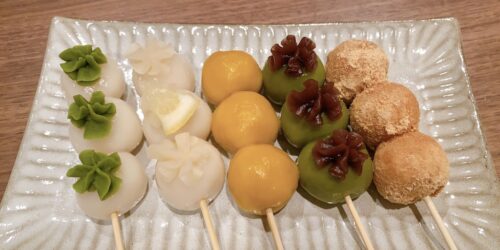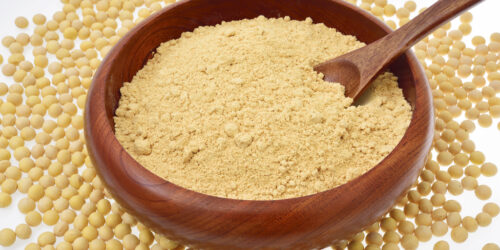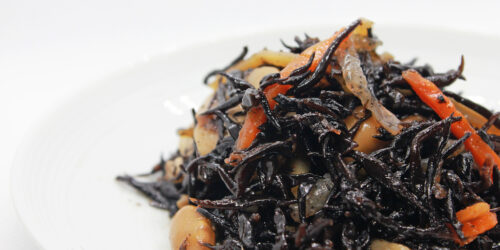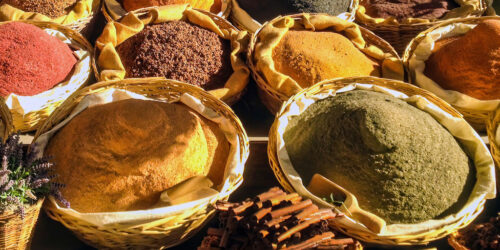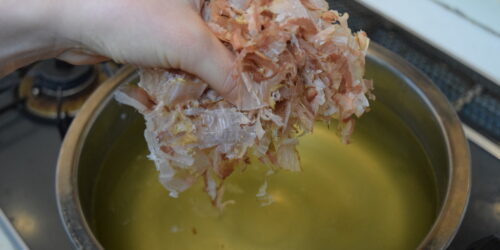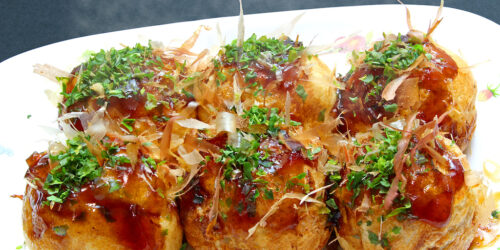The 6 Best Kinako Substitutes
What Is Kinako?
Kinako is a flour made by roasting soybeans, peeling and grinding.
Sweetened kinako with amazing fragrant soybean scent matches very well with various Japanese sweets including mochi (rice cake) and dango (sweet dumpling).
Please check here to see more about Kinako.
What Is Kinako and How Is It Used?
The 6 Best Substitutes for Kinako (Roasted Soybean Flour)
Here I would like to introduce the 6 best substitutes for kinako!
When you are making Japanese sweets and need some substitutes for kinako, please refer to these.
1. Almond powder
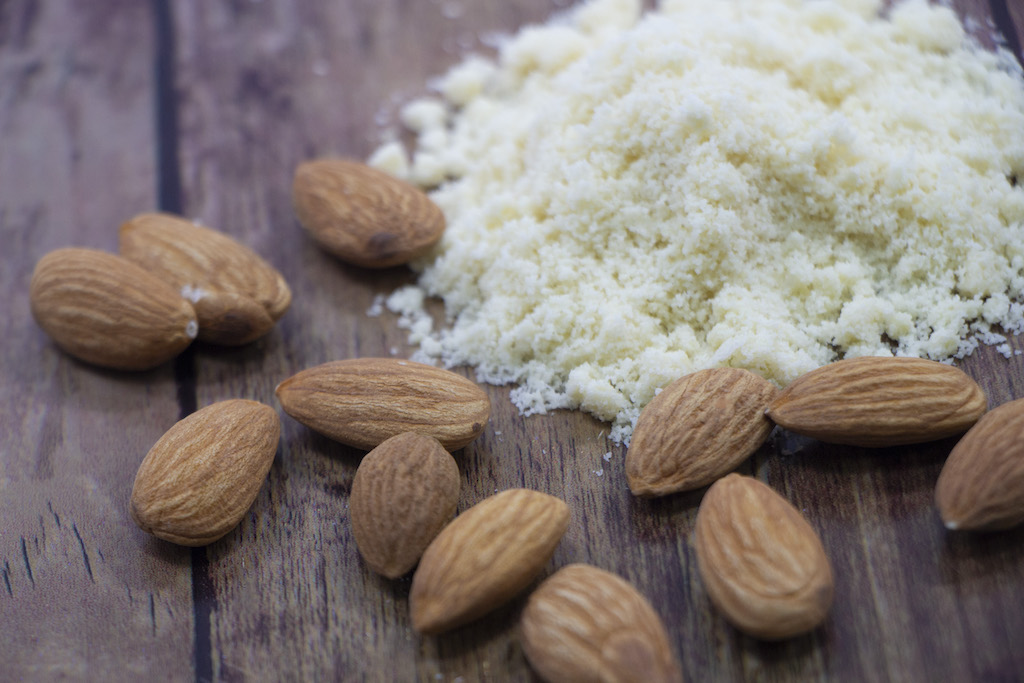
You can sprinkle almond powder on various Japanese sweets. To make it more delicious, you can add some sugar and a pinch of salt to almond powder and mix in advance. If you like more sweet taste, please increase the amount of sugar.
The flavor is a little different from kinako, but it can still upgrade mochi, dumplings, etc with a fragrant almond scent.
2. Almond
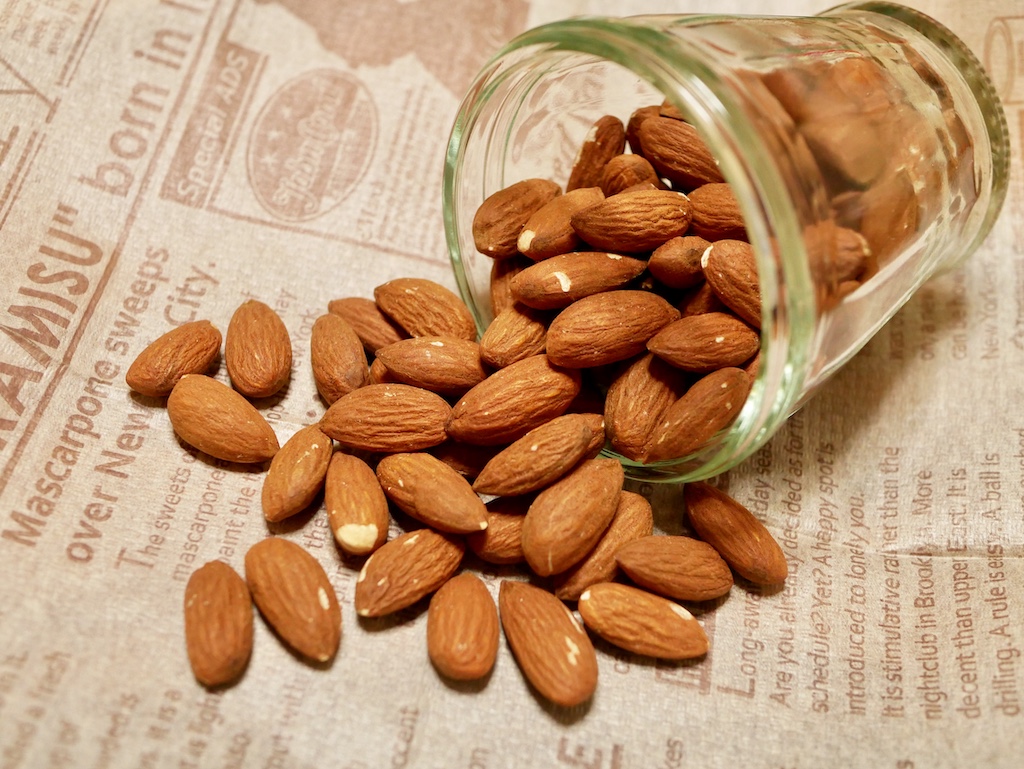
Even though you can’t get the almond powder, you can easily make it at home. Please try to make it by the following procedure.
1. For almonds with skin, put them in boiling water and simmer for 1-2 minutes.
2. Drain the water using the colander, cool it with water, and peel the skin by hand.
3. Shatter with a food processor.
4. Put in a pan and roast over medium heat.
5. It burns quickly, so always shake the pan or mix with a spatula.
6. When it turns a roasted soybean powder for about 10 minutes, turn off the heat and let it cool.
7. Put it in a food processor again to make it powdery and it’s done.
3. Peanut Powder

Using peanut powder in place of kinako is one option too.
Now people with peanut allergies sometimes use soybean-originated pastes, so peanuts and soybeans are substituted for each other very well.
As with almond powder, please add sugar and a little salt when sprinkling on Japanese sweets such as mochi and sweet dumplings. If you change the sugar to brown sugar, the flavor will improve.
4. Ground Sesame
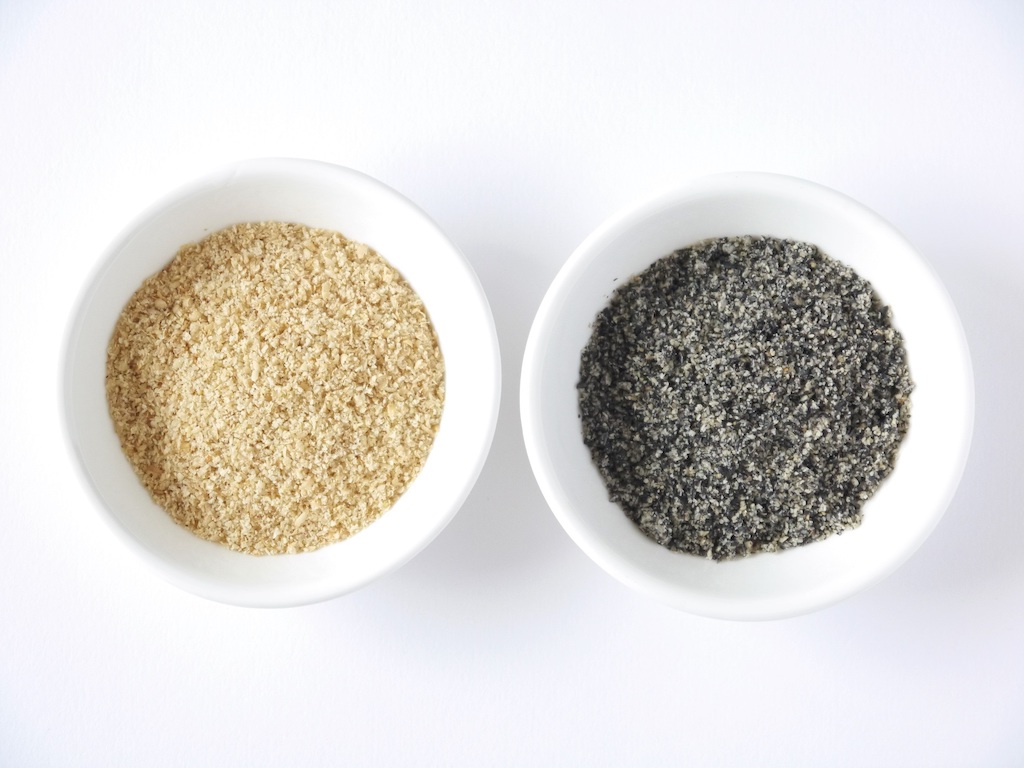
Ground sesame is close to powder, and goes so well with Japanese sweets. It’s different from the kinako flavor, but adding sugar and a small amount of salt makes it a really delicious topping.
In Japan, for example, coating ohagi (a type of Japanese bean cake) with ground sesame is popular way to use it.
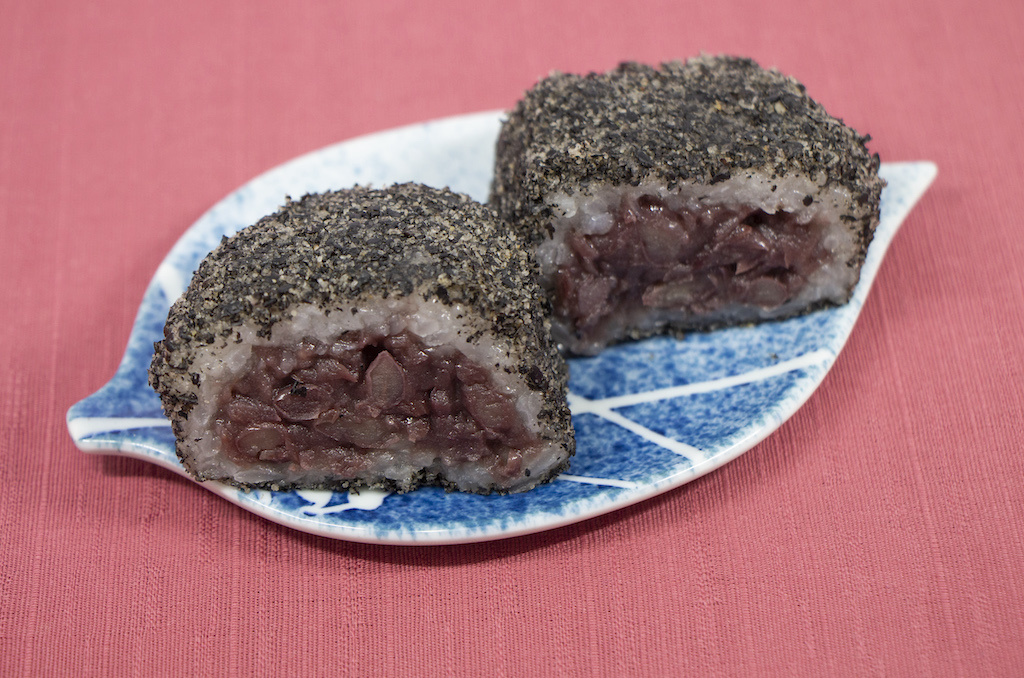
Additionally, it is good for your health since sesame is rich in protein, dietary fiber and minerals.
You may be able to find the ground sesame at some stores. If you can only get the sesame seeds, please just grind them by yourself using some kitchen tools.
Both white sesame and black sesame are delicious and become great replacement.
5. Ground Perilla (Egoma)
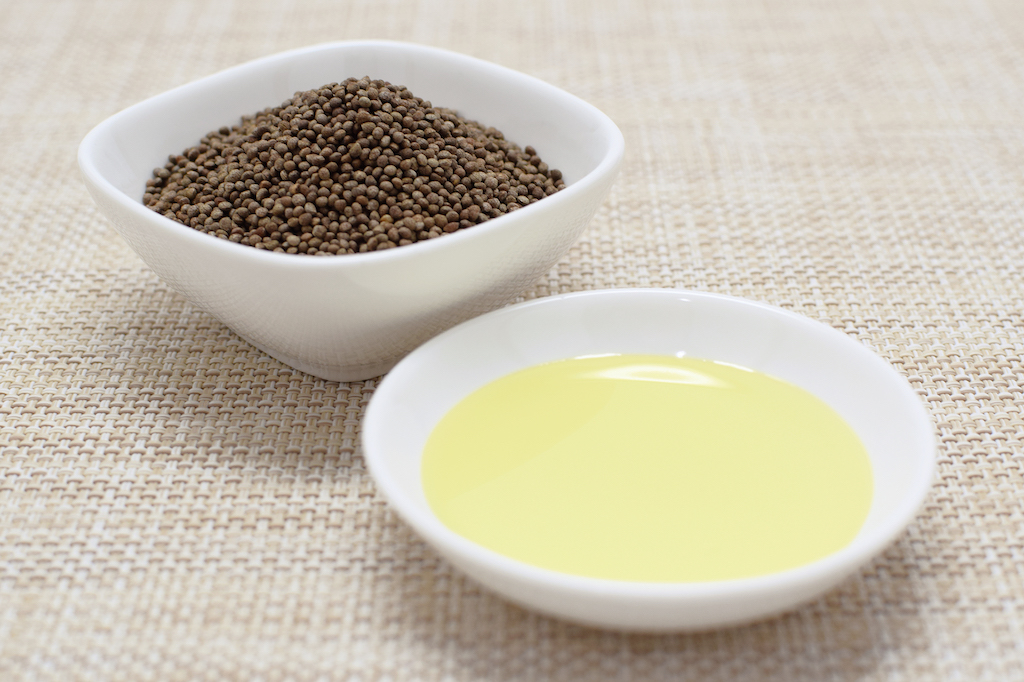
Egoma is a plant of the Labiatae family that is cultivated for food or oil. In Japan, it’s mainly used as egoma oil and seeds.
Not as often as sesame, but some people like to use it for ohagi (a type of Japanese bean cake) as well.
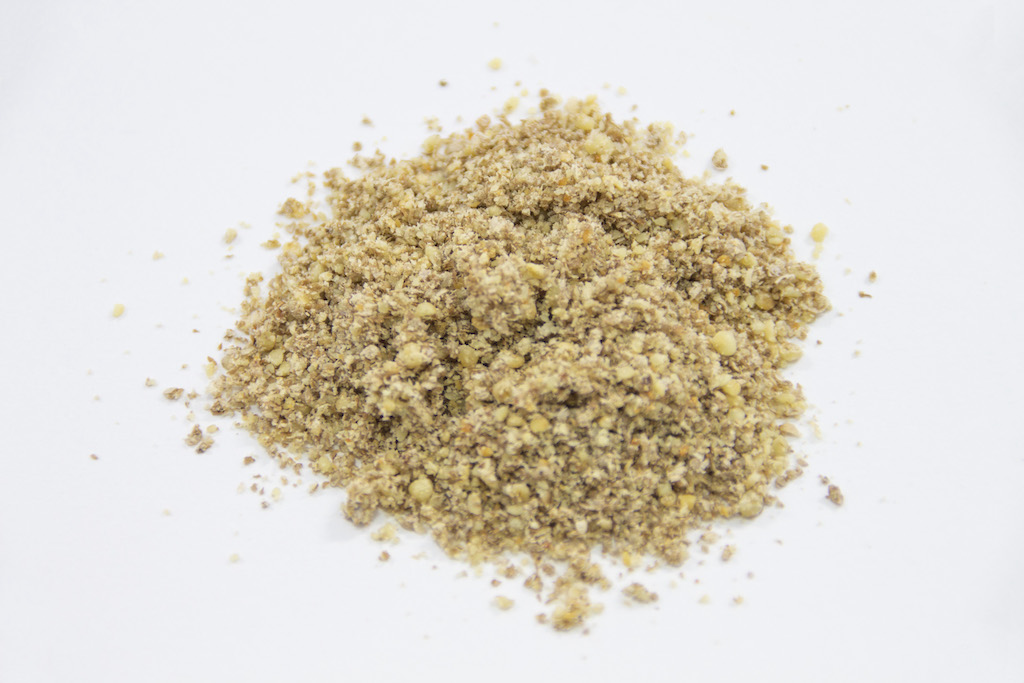
When substituting for kinako, please roast the seeds in a frying pan first. If you hear a crackling sound, grind them and add sugar and a pinch of salt.
Egoma has a unique flavor which is totally different flavor from sesame. So, I think it’s fun to meet new tastes.
Also, it has received a lot of attention in Japan in recent years because of its wonderful nutrients. Omega-3 fatty acid (α-linolenic acid) is abundant in egoma seeds. And it’s said that it helps maintain skin health and improve intestinal environment.
6. Make Kinako From Scratch
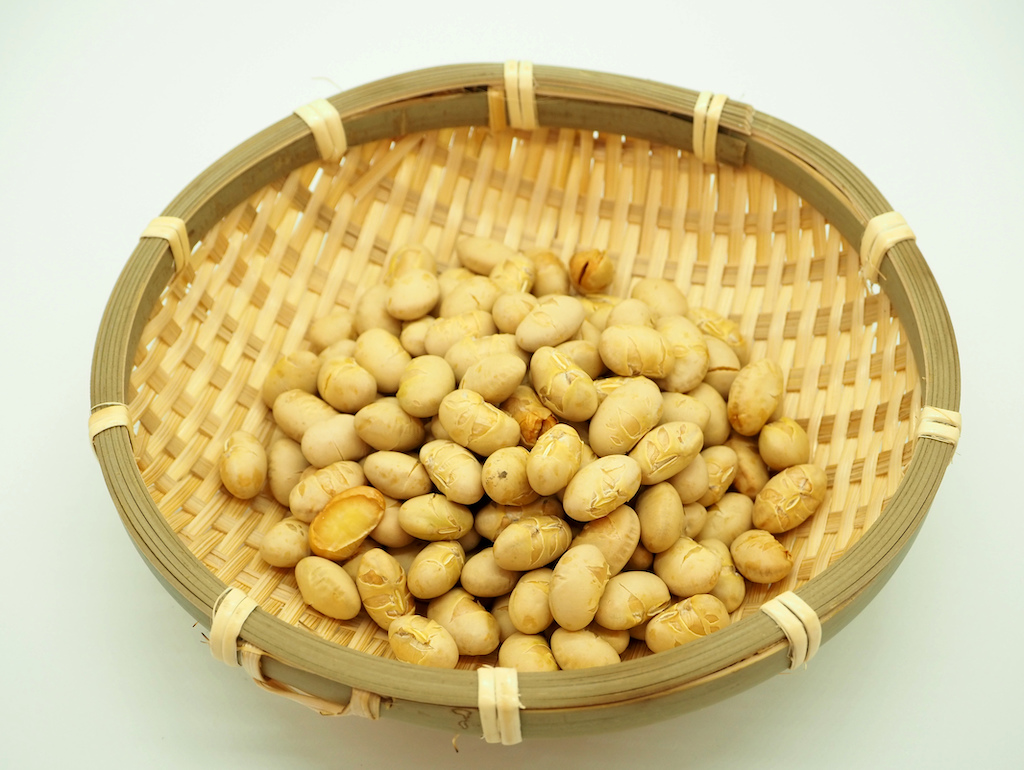
You can use the above kinako substitutes. However, those who want to experience the flavor of real kinako, please try making kinako from soybeans. That might be easier than you think.
Things to prepare
・Dried soybeans
・Frying pan
・Food processor
・Sieve (If you need one)
Directions
1. Get rid of dirty soybeans
2. Roast the soybeans in a frying pan until the soybeans are cracked and smell good.
3. When the soybeans have cooled, grind them with a food processor.
4. Even if a little lump remains, it is delicious with added chewy texture. If you are worried about it, sieve it to make it more smooth.
Tips
When roasting the soybeans, make sure not to burn them. You can make kinako with burnt soybeans, but it won’t have a kinako-like flavor.
To prevent burning, use a small amount of soybeans at first to see the optimum time to roast, and then increase the amount.
Conclusion
How were the 6 best substitutes for kinako?
If you have almond and peanut at your home, maybe making powder from them is easy way to do!
By using ground sesame and egoma, you must meet new Japanese flavors!
Please find your favorite kinako substitute!

